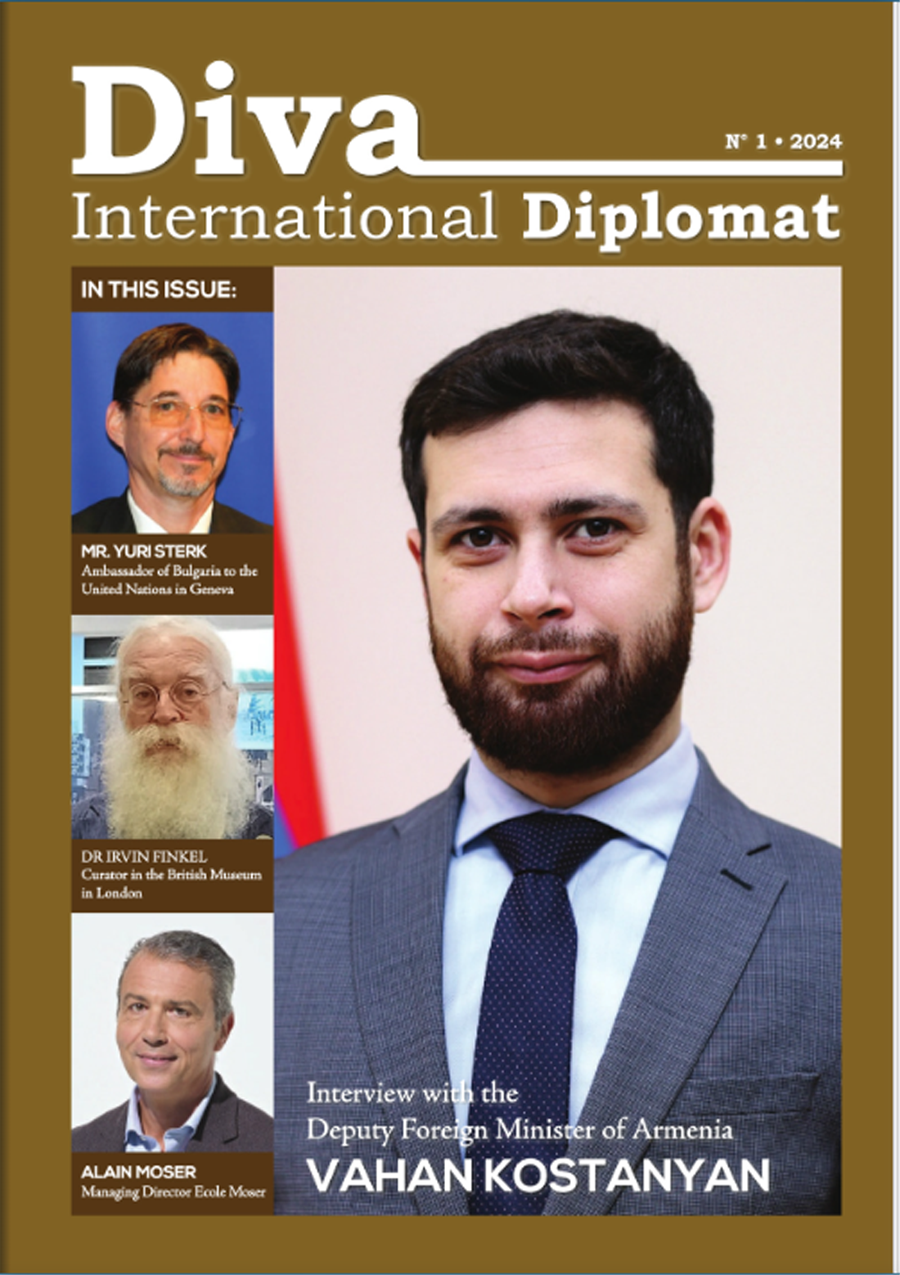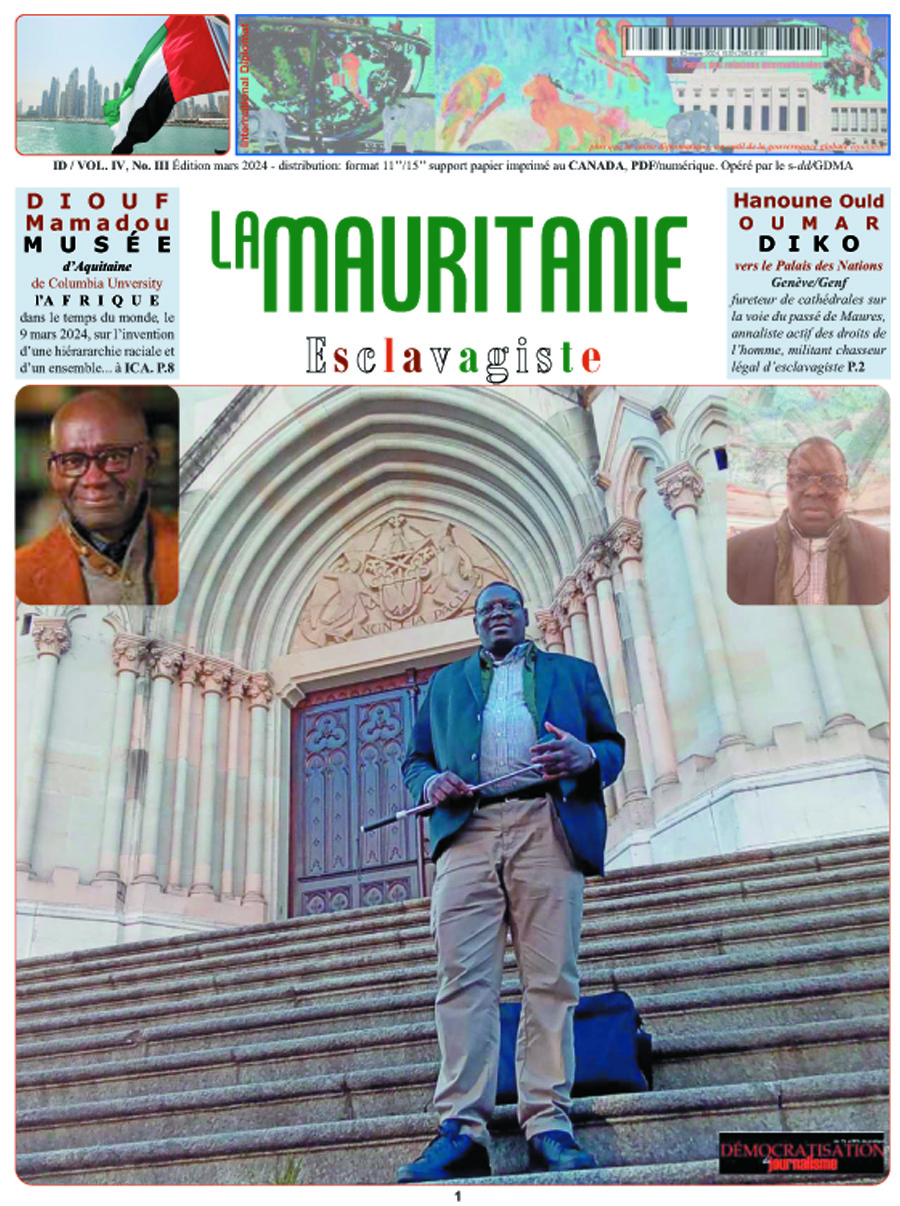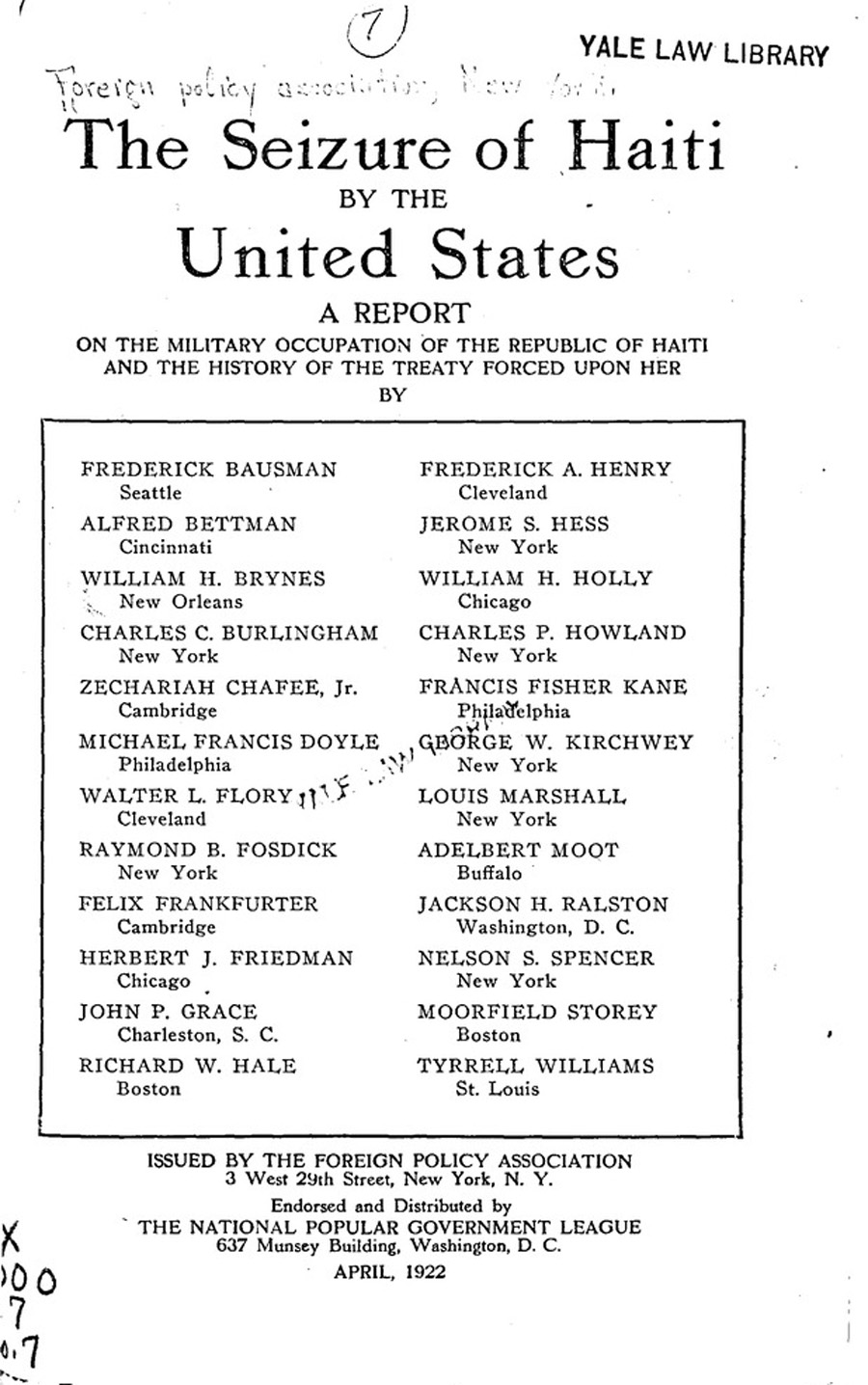Glasnevin Cemetery is the largest cemetery in Ireland. It was opened on 22 February 1832 after Daniel O’Connell’s great achievement of Catholic Emancipation. His wish was to establish a place where those of all religions and none could bury their dead with dignity. The unique Victorian garden cemetery was initially informally landscaped, with sweeping roads wide enough for carriages and smaller paths for strolling.
Careful planting of trees and architectural features that impressed or drew the eye were key. The whole effect was that of a private, landscaped park, with a central chapel instead of a country house. Glasnevin Cemetery has grown over the years to establish itself as Ireland’s Necropolis.
The Cemetery is a place of national heritage where many renowned figures that shaped Ireland’s past and present are laid to rest. The Glasnevin Cemetery Walking Tour allows a visit to the crypt of Ireland’s Liberator, Daniel O’Connell (1775-1847).
Glasnevin Museum
Opened in April 2010 by Taoiseach Brian Cowen, its exhibitions show the social, historical, political and artistic development of modern Ireland through the lives of the generations buried in Ireland’s Necropolis. It has attracted many thousands from home and abroad as a major visitor venue.
The City of the Dead covers burial practices and religious beliefs, as well as the meticulous record-keeping of the 1.5 million people buried in Glasnevin. The Glasnevin archives provide an invaluable medical, economic, social and historical record.
The Milestone Gallery is home to a special exhibition on Glasnevin founder Daniel O’Connell. Born in Cahirsiveen, Co Kerry, Daniel O’Connell ranks among the greatest figures of modern Irish political history. A skilled lawyer, orator, political organiser and parliamentarian, he was viewed by his contemporaries as ‘Ireland’s uncrowned monarch’. His campaign for Catholic Emancipation gained him the title of ‘The Liberator’.
Timeline exhibition, a ten-metre long interactive table, contains details of the lives and connections of hundreds of the most renowned people buried there. The glazed Prospect Gallery offers a breathtaking panorama of the cemetery along with information on its marvellous array of historic graves.
A notable plot is of revolutionary Michael Collins (1890-1922), born in Co Cork, recognised as a founding father of Irish democratic independence. Privately tended, fresh flowers are delivered daily and mementoes and souvenirs are frequently placed at his monument by visitors to remember his birthday and other special events during the year.
The Museum offers a comprehensive Education Programme and a unique opportunity to learn more about Ireland’s history, with on-line facilities for Irish Heritage and Genealogy research.
Glasnevin Trust
Founded in 1828, the Trust has seen many visitors pass through the gates of the Cemetery including President Mary McAleese, the Reverend Ian Paisley, and politicians from across Ireland. Involved in numerous and ongoing projects for restoration of Glasnevin and other cemeteries, many of the Monuments and Headstones and different parts of the cemetery have been restored to their former glory. Kilometres of paths have been resurfaced making it pleasant to walk amongst the newly tended graves. A new gateway is planned to connect Glasnevin Cemetery with the adjoining Botanic Gardens.
Ita Marguet
Note: Acknowledgement is given to sources used in this text. It follows a visit to Glasnevin Cemetery and Museum in January 2011.





